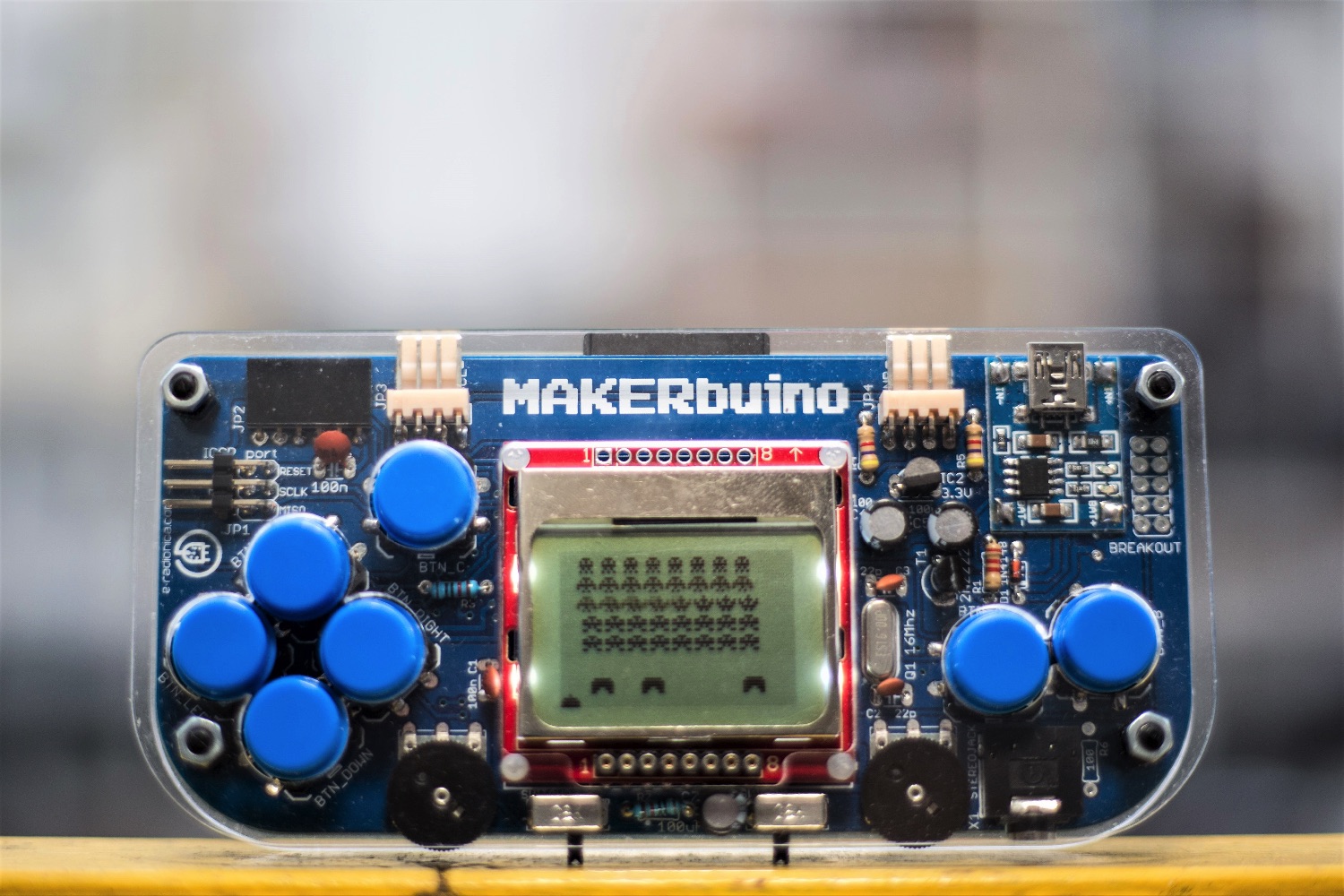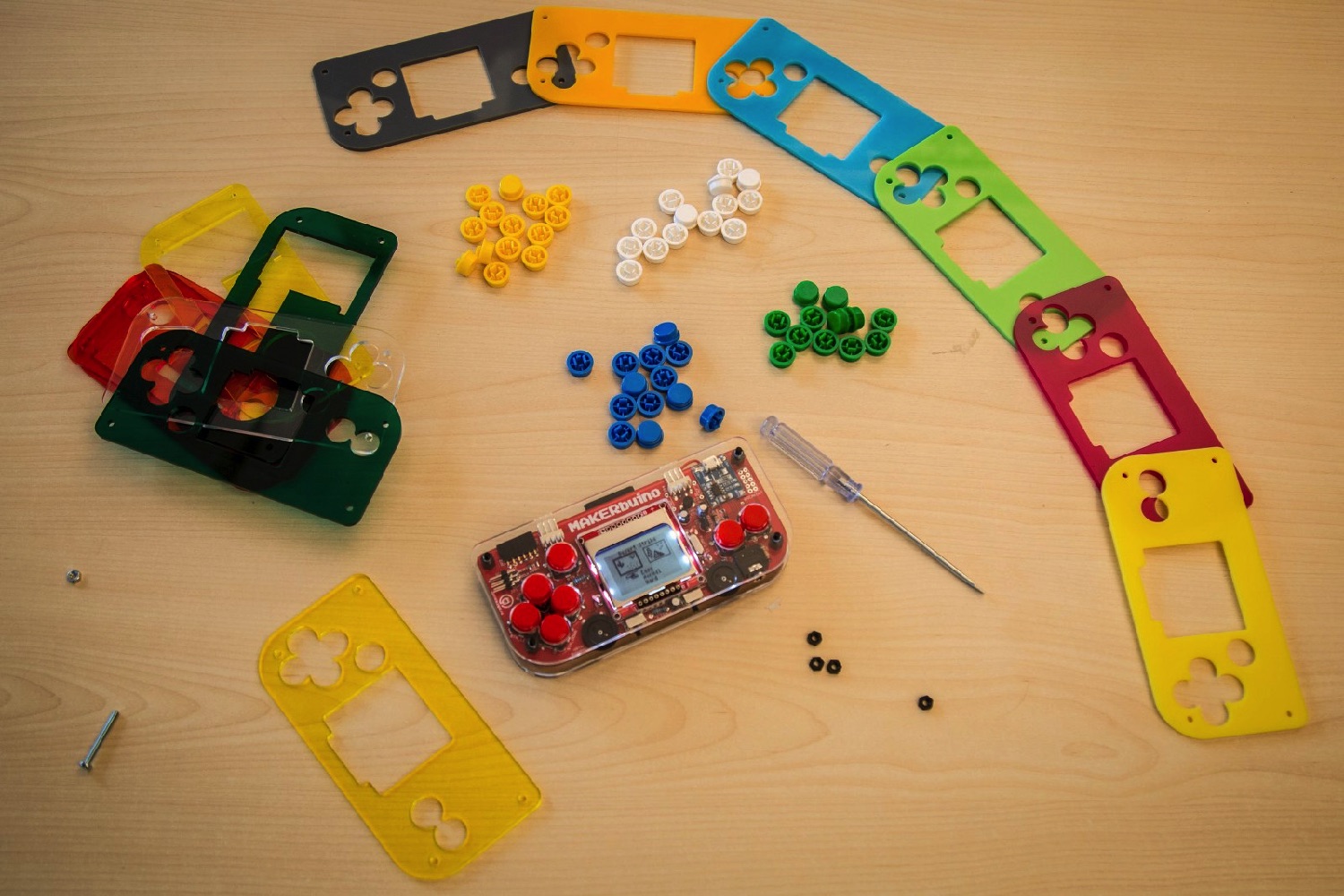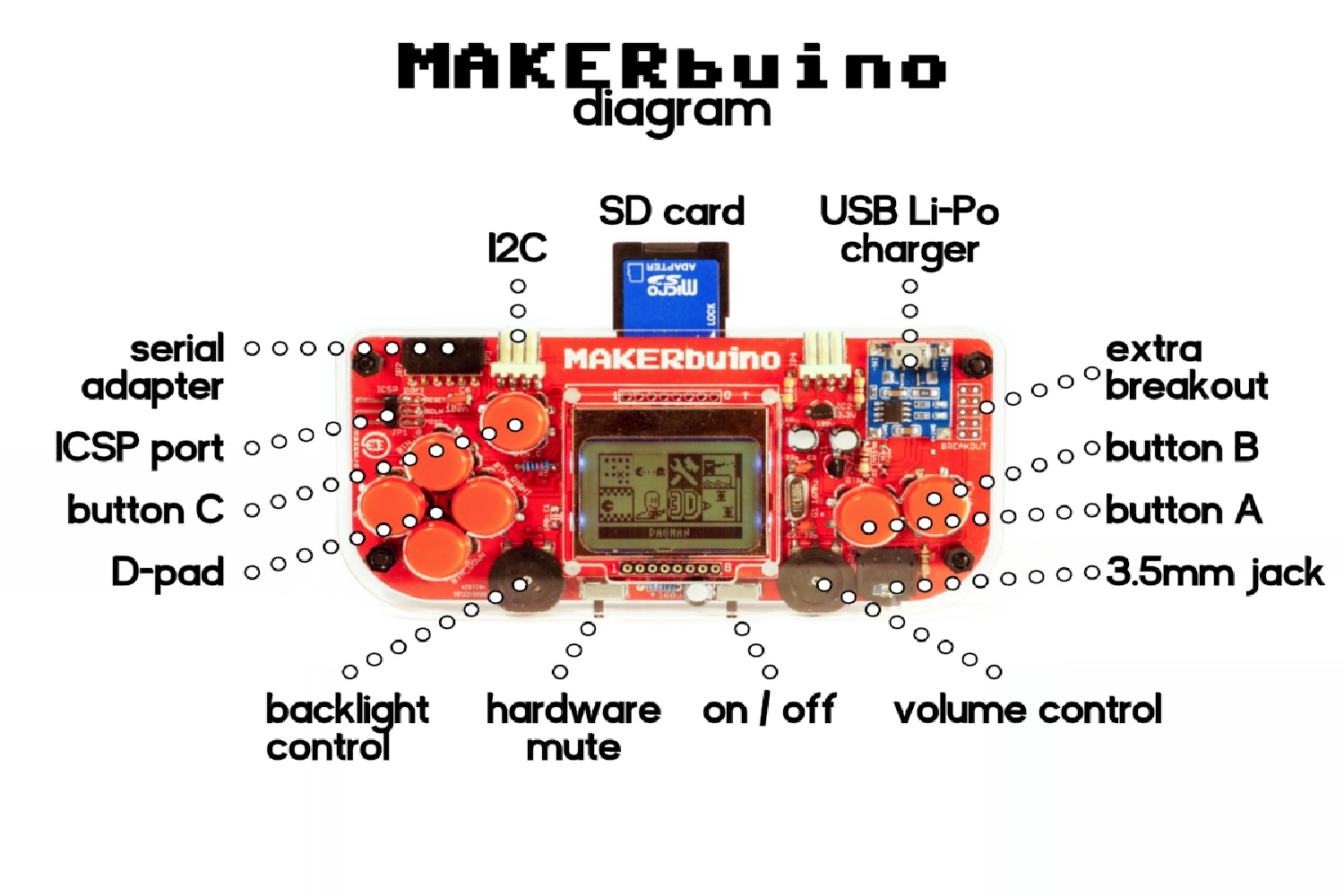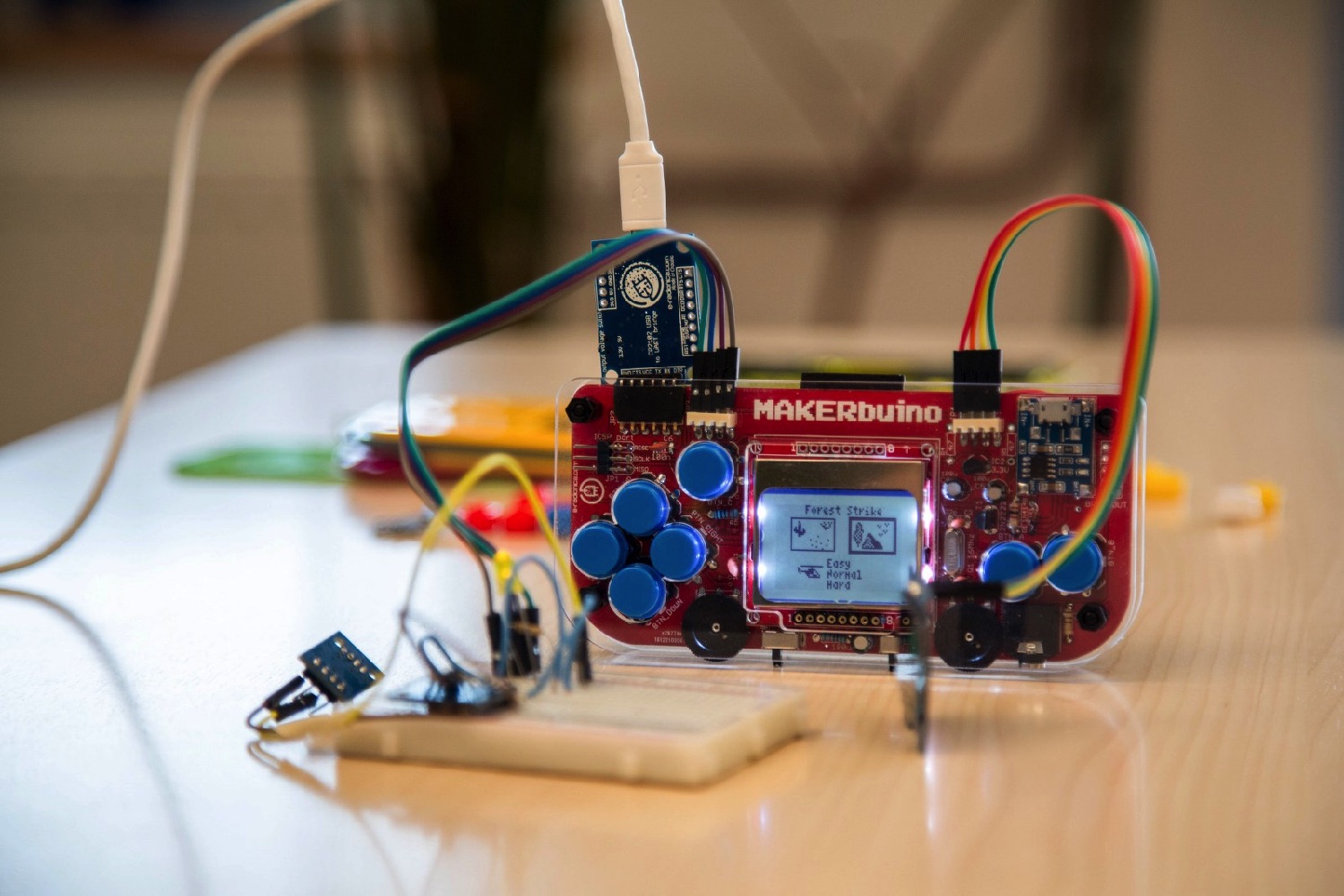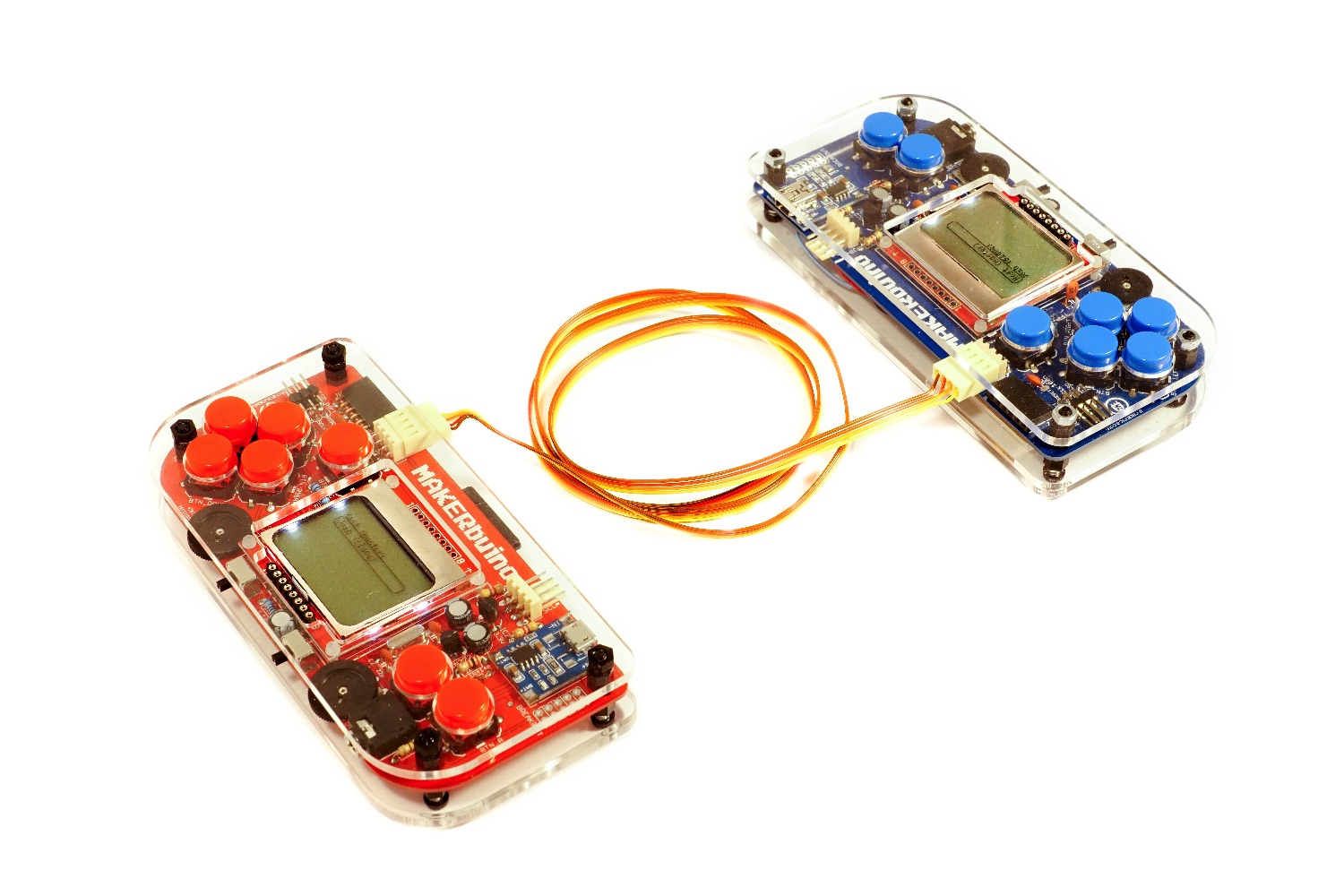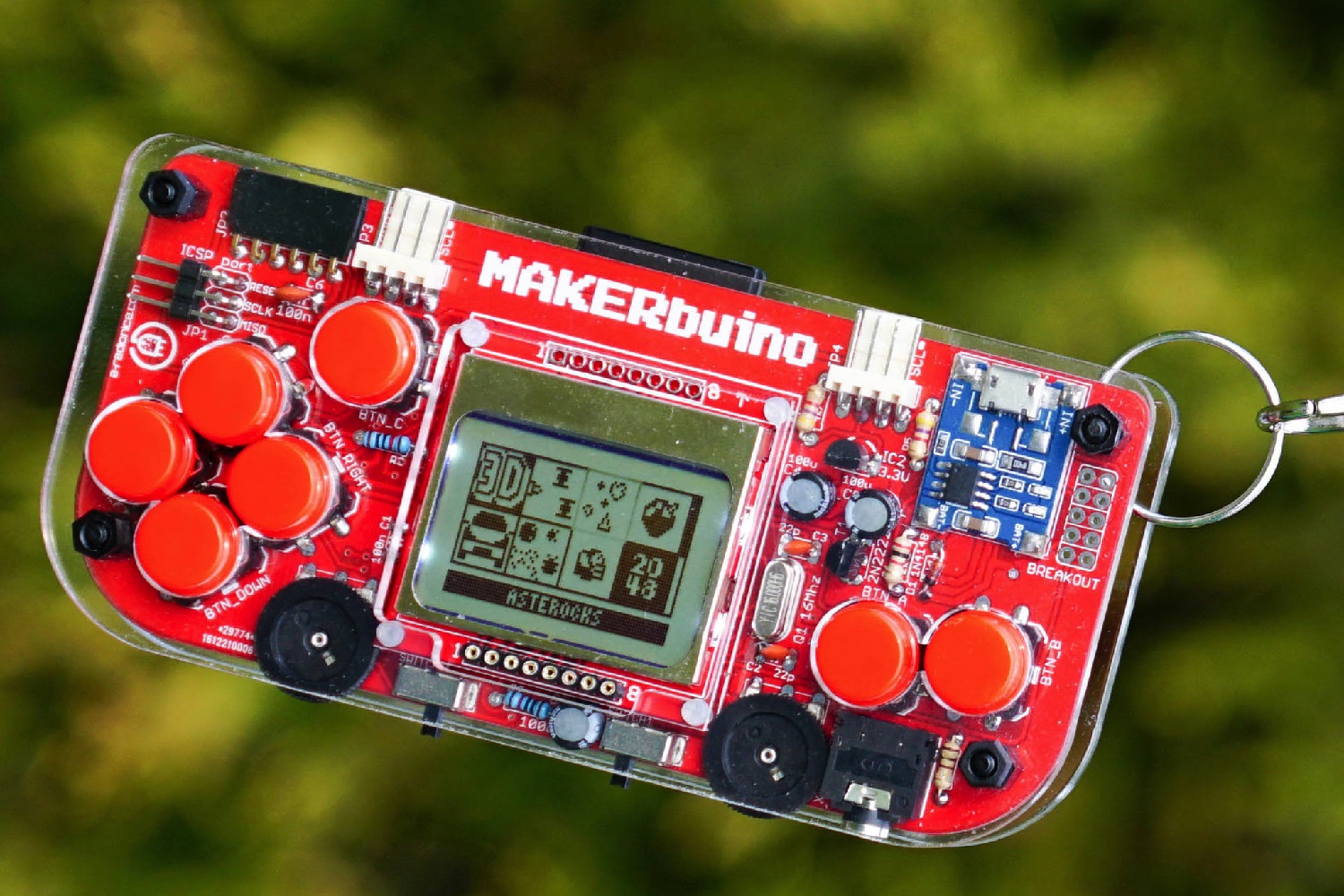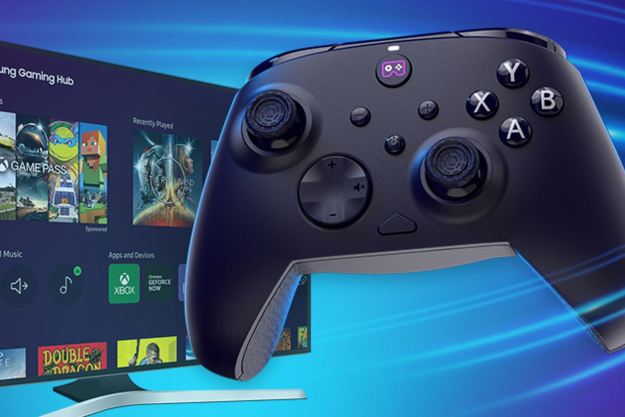A new Kickstarter campaign has one answer… and it’s pretty genius when you think about it. Called Makerbuino, it’s an open-source handheld eight-bit game device that you (or your kids) can build. Its creators described it to Digital Trends as an “educational device shaped like a game console,” which is as a good a way of selling it as any.
“It comes in a kit form, not assembled,” 18-year-old creator Albert Gajsak told Digital Trends. “You get a box with all the electronic components necessary for building your own portable game machine. To build your own Makerbuino, the only things you’ll need are some basic tools and an interest in technology.”
As a high school senior, Gajsak has been working on the device for around three years.
“A project called Gamebuino that was released back in 2014 on Indiegogo motivated me to create Makerbuino and showed me that retro open-source game consoles are something that the market wants,” he continued. “Makerbuino started in 2014 after Gamebuino’s super-successful crowdfunding campaign. At that time, I started looking at Gamebuino’s open source design and building my own Gamebuino-inspired devices during weekends. At the beginning of 2016, I decided I wanted to try launching my product to the market.”
As Gajsak notes, you won’t be playing the latest Call of Duty game on the machine, but it does come with an archive of vintage games — plus the ability to make your own if you’re so inclined.
If you’re looking to pick up skills like soldering, a crash course in basic electronic components, programming a microcontroller in C/C++, and more, this looks as good a solution as any. You can pre-order a kit on Kickstarter starting at $35. Shipping is set to take place in May.
Editors' Recommendations
- PlayStation Portal 2: 8 features we want in Sony’s next-gen handheld
- This upcoming PC game brings Lego building to the real-time strategy genre
- World of Goo 2 might just be the Nintendo Switch’s next must-own co-op game
- If you want to up your Tekken 8 game, try this stickless controller
- This puzzling PC game needs to be on your radar this February
